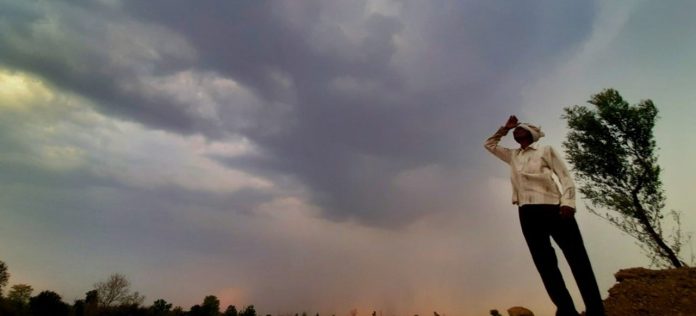- The erratic weather pattern witnessed across the globe courtesy of global warming and environmental degradation is playing havoc with agricultural production. The unpredictable vagary of weather is not only leading to food scarcity affecting the global community in more than one way but also rendering the government’s efforts to attain self-sufficiency grave dangers on the food front. All those policies, strategies, and envisaged planning to ensure sufficient production of food products are proving to be inadequate in the face of extreme weather patterns. The Indian government too is grappling with the common phenomenon even though earnest attempts initiated at addressing these issues have met with limited success.

PC: Assignment Point
- Let’s look into the reasons for the prevalent situation. The southwest monsoon this year hit the shores of Kerala much earlier than anticipated. However, it has failed to extend its reach and intensity even as we enter the third week of June. As reports suggest, the southwest monsoon in the first half of June was deficient by 32%. The shortfall was acute in the agriculturally critical northwest India where rainfall deficiency was 77%. However, the experts opine that the monsoon’s slow progress shouldn’t be the cause of alarm. Mind you, we are still at an early stage, and July, which accounts for almost one-third of the southwest monsoon, is the crucial month.
- You may be aware that the Indian Meteorological Department (IMD) makes two forecasts for the southwest monsoon. The first take is in April and the next one is on the eve of the monsoon. The update for the 2022 monsoon indicated that the current year is expected to be a normal one. From the standpoint of agriculture, the monsoon core zone which covers a large swathe of rainfed agricultural regions in central India is expected to receive above-normal rainfall. This is reassuring as the wheat harvest was adversely affected by a heatwave. Nonetheless, the recurring anxiety over the progress of the monsoon is a pointer to the structural problems in Indian agriculture that need to be adjusted at all levels of policy.

PC: ResearchersJob
- Remember, India is a water-stressed country. It supports about 17% of the world’s population with only 4% of freshwater. About half of India’s gross cropped area is irrigated. But access to irrigation is uneven and skewed. Two crops, paddy and sugarcane, receive almost 60% of irrigation water. Add wheat, it covers about 80% of the irrigation. Of these crops, a sizeable proportion of the output of paddy and sugarcane comes from regions that are unsuitable for their cultivation. A study on the water productivity mapping of major crops concluded that there is a significant misalignment between cropping patterns and available water resources. This is further exacerbated by fiscally unsustainable electricity subsidies.
- Yes, the Indian farmer responds to price incentives like any other economic agent. Thus, the current water usage pattern should be changed forthwith. Further, nudging farmers away from the water-intensive paddy should be considered. Agriculture, which consumes 78% of our freshwater, can be aligned with rational resource use through smart policies tied to price. This will also ensure the increasingly unpredictable weather irregularities are adequately countered with pragmatic and long-yielding strategies without endangering important crop production as well.






